
SELinux System Administration
¥59.94
A step-by-step guide to learn how to set up security on Linux servers by taking SELinux policies into your own hands.Linux administrators will enjoy the various SELinux features that this book covers and the approach used to guide the admin into understanding how SELinux works. The book assumes that you have basic knowledge in Linux administration, especially Linux permission and user management.
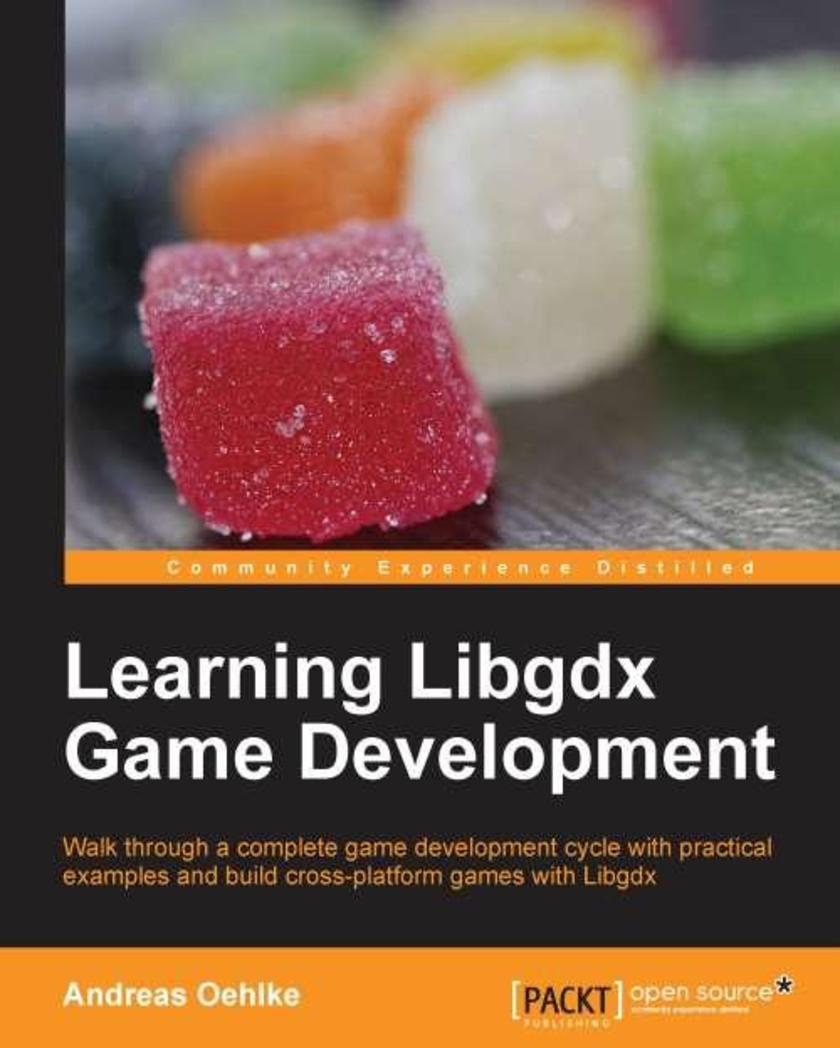
Learning libGDX Game Development
¥80.65
A clear and practical guide to building games in libGDX.This book is great for Indie and existing game developers, as well as those who want to get started with game development using libGDX. Java game knowledge of game development basics is recommended.
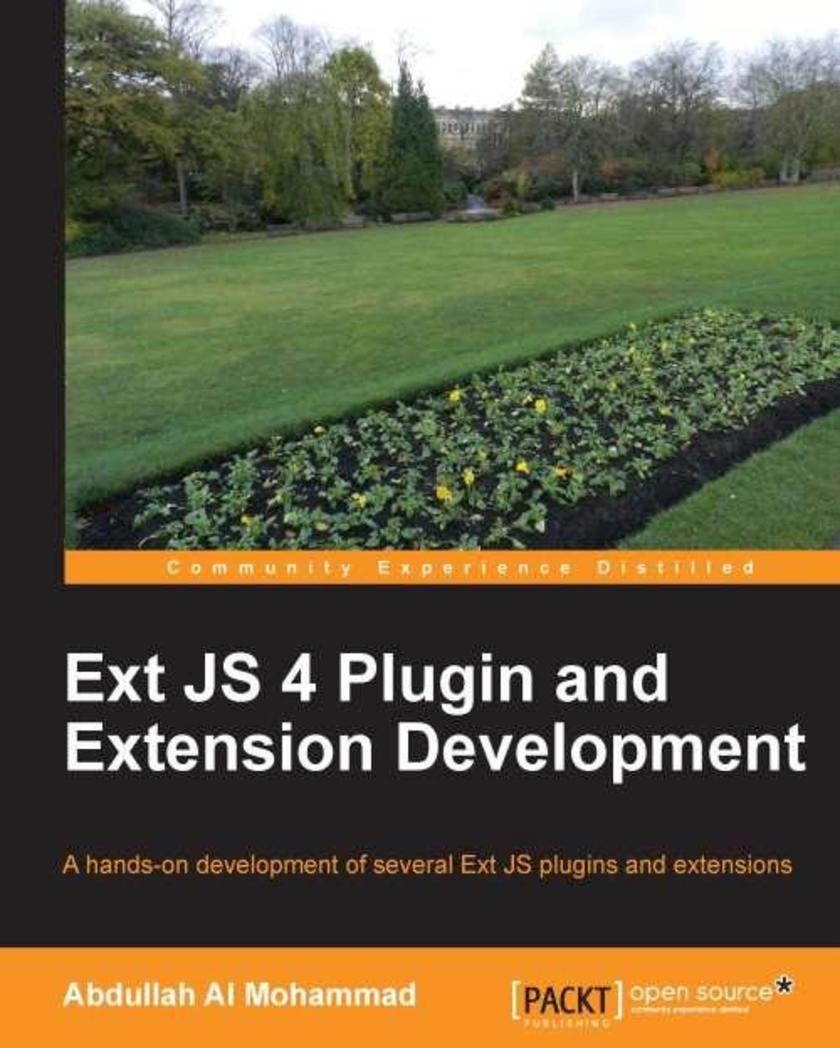
Ext JS 4 Plugin and Extension Development
¥61.03
This is a step-by-step tutorial that practically teaches Ext JS plugin and extension development through sample examples that increase in complexity.Ext JS 4 Plugin and Extension Development is ideal for experienced ExtJS developers who want to expand their knowledge in developing plugins and extensions. This book is also for those developers who are new to ExtJS development, with at least some knowledge on ExtJS basics.

Building UIs with Wijmo
¥54.49
Written with an example-based approach, Building UIs with Wijmo leads you step by step through the implementation and customization of each library component and its associated resources. Reference tables of each configuration option, method, and event for each component are provided, alongside detailed explanations of how each widget is used.Building UIs with Wijmo is targeted at readers who are familiar with HTML, CSS, JavaScript, and jQuery, and have a basic understanding of web development. Although knowledge of jQuery UI is not mandatory, it would be a bonus as it is quite similar to Wijmo. Only the last chapter of the book on extending Wijmo requires advanced CSS and JavaScript knowledge.
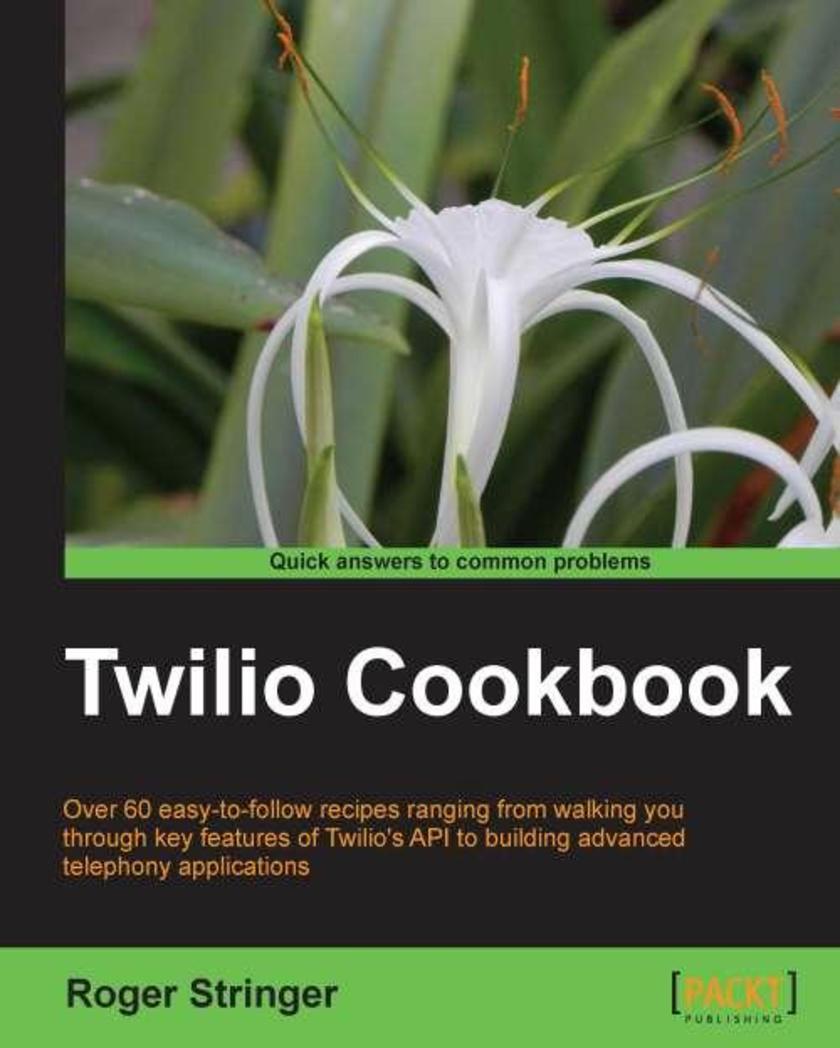
Twilio Cookbook
¥90.46
This book is a practical, hands-on guide that provides the reader with a number of clear, step-by-step exercises.This book is great for developers who already have knowledge of PHP and MySQL and who want to learn about integrating Twilio’s API into their websites for telephone solutions.
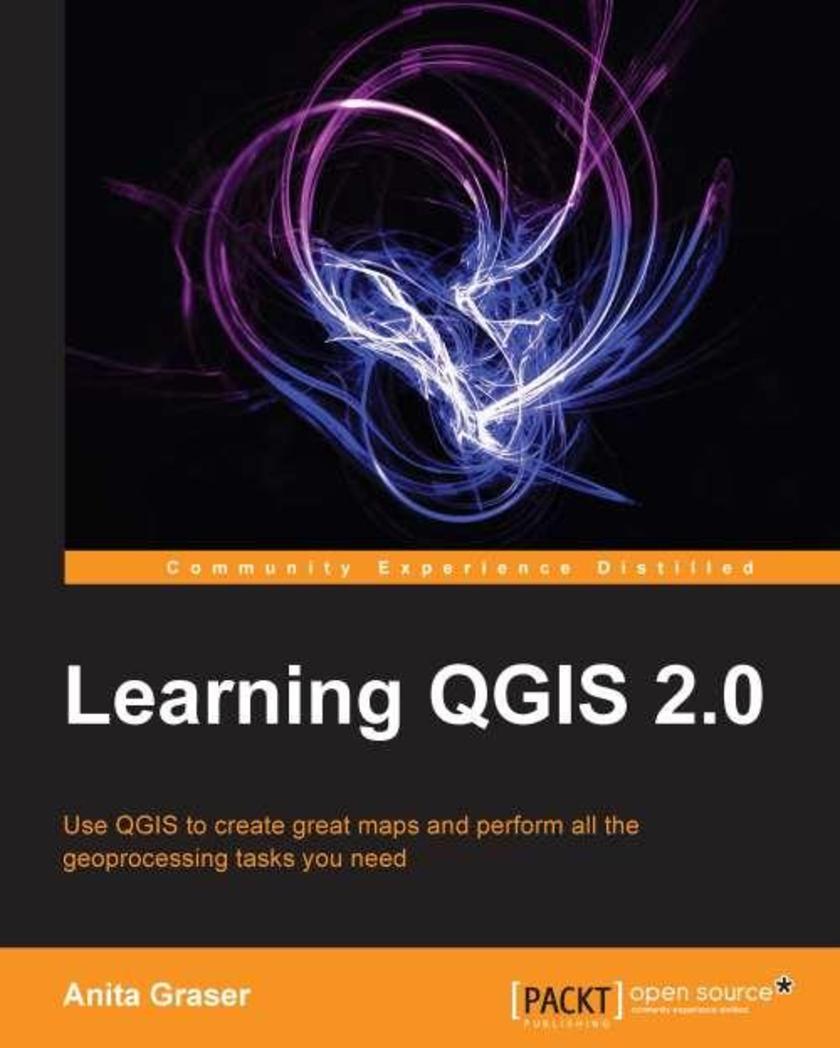
Learning QGIS 2.0
¥45.77
A short book with a lot of hands-on examples to help you learn in a practical way.This book is great for users, developers, and consultants who know the basic functions and processes of a GIS but want to know how to use QGIS to achieve the results they are used to a full-fledged GIS.
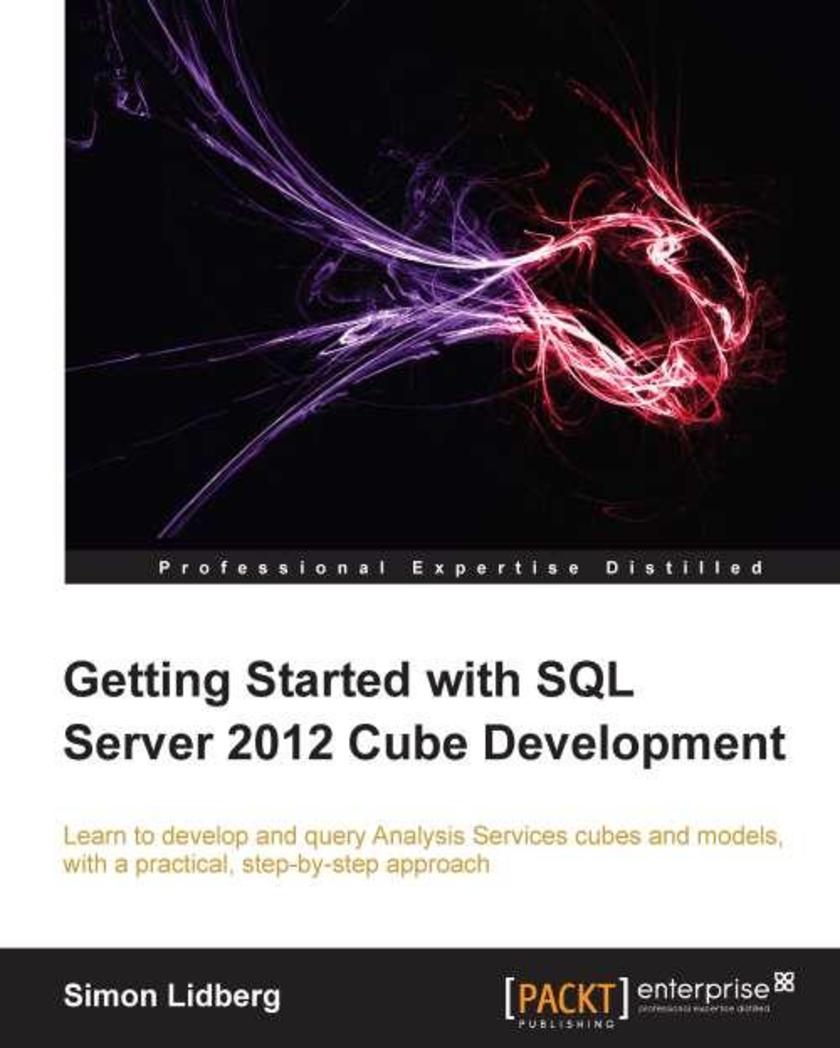
Getting Started with SQL Server 2012 Cube Development
¥90.46
As a practical tutorial for Analysis Services, get started with developing cubes. "Getting Started with SQL Server 2012 Cube Development" walks you through the basics, working with SSAS to build cubes and get them up and running.Written for SQL Server developers who have not previously worked with Analysis Services. It is assumed that you have experience with relational databases, but no prior knowledge of cube development is required. You need SQL Server 2012 in order to follow along with the exercises in this book.
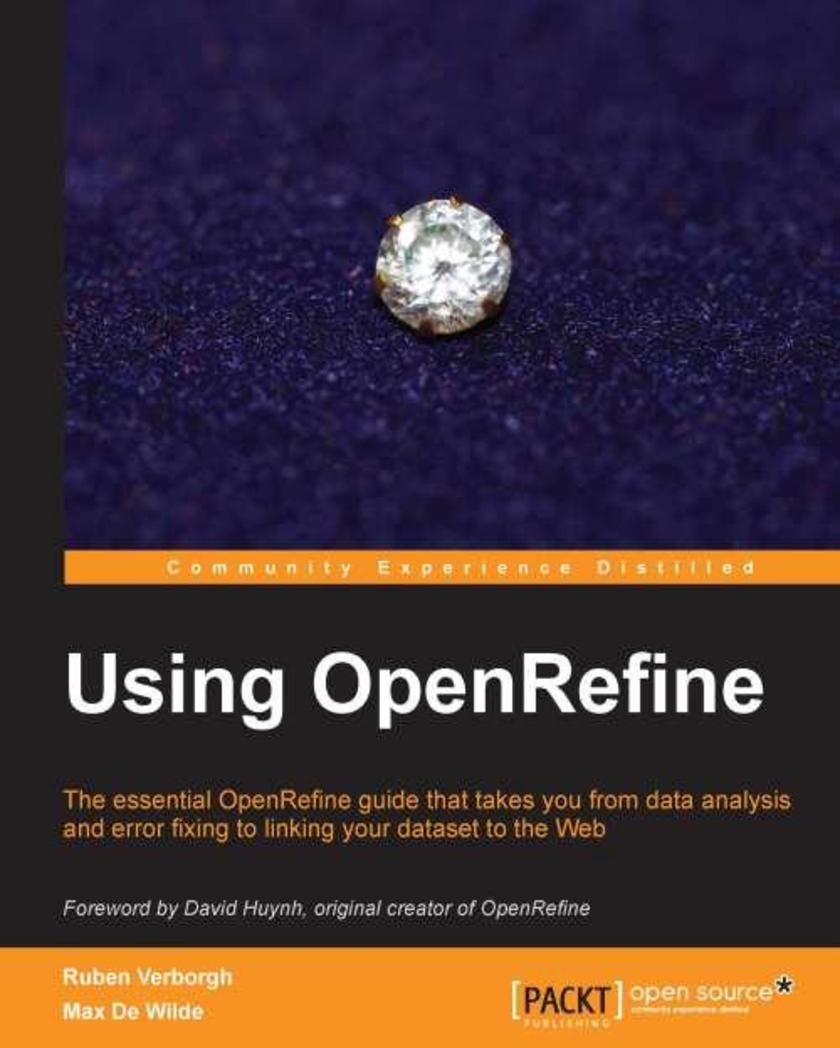
Using OpenRefine
¥63.21
The book is styled on a Cookbook, containing recipes - combined with free datasets - which will turn readers into proficient OpenRefine users in the fastest possible way.This book is targeted at anyone who works on or handles a large amount of data. No prior knowledge of OpenRefine is required, as we start from the very beginning and gradually reveal more advanced features. You don't even need your own dataset, as we provide example data to try out the book's recipes.
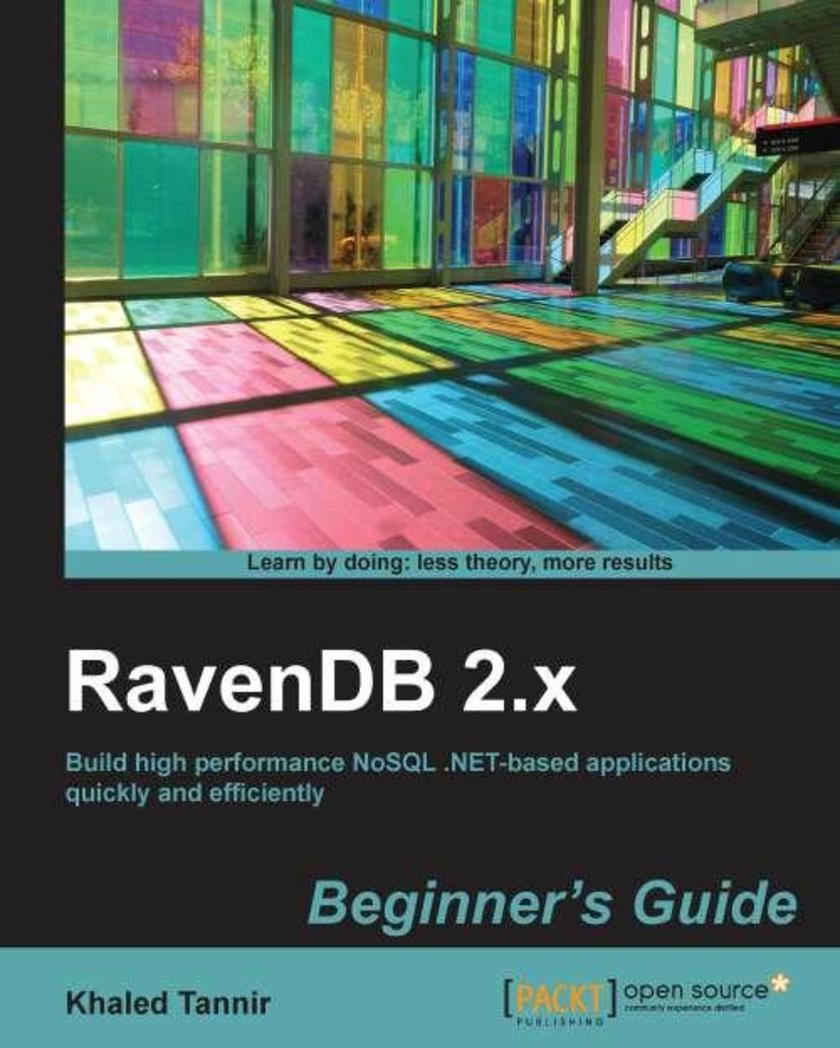
RavenDB 2.x Beginner’s Guide
¥90.46
Written in a friendly, example-driven Beginner’s Guide format, there are plenty of step-by-step instructions and examples that are designed to help you get started with RavenDB. If you are a .NET developer, new to document-oriented databases, and you wish to learn how to build applications using NoSQL databases, then this book is for you. Experience with relational database systems will be helpful, but not necessary.
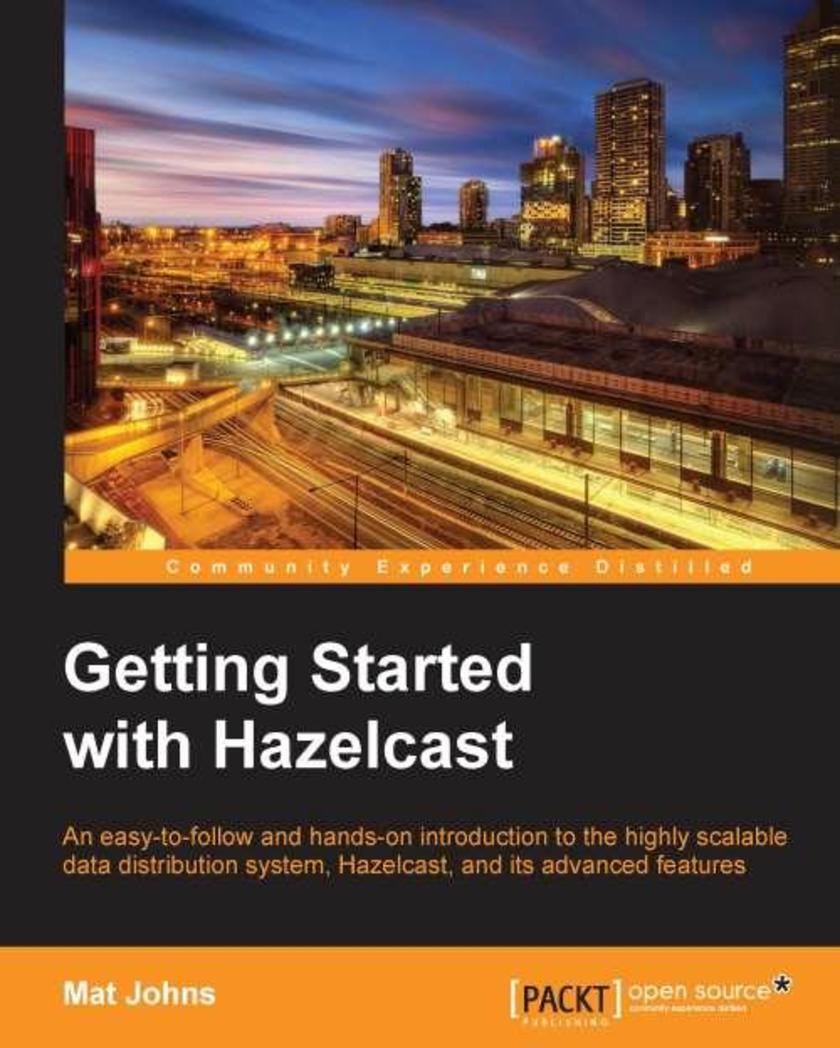
Getting Started with Hazelcast
¥71.93
Written as a step-by-step guide, Getting Started with Hazelcast will teach you all you need to know to make your application data scalable.This book is a great introduction for Java developers, software architects, or developers looking to enable scalable and agile data within their applications. You should have programming knowledge of Java and a general familiarity with concepts like data caching and clustering.
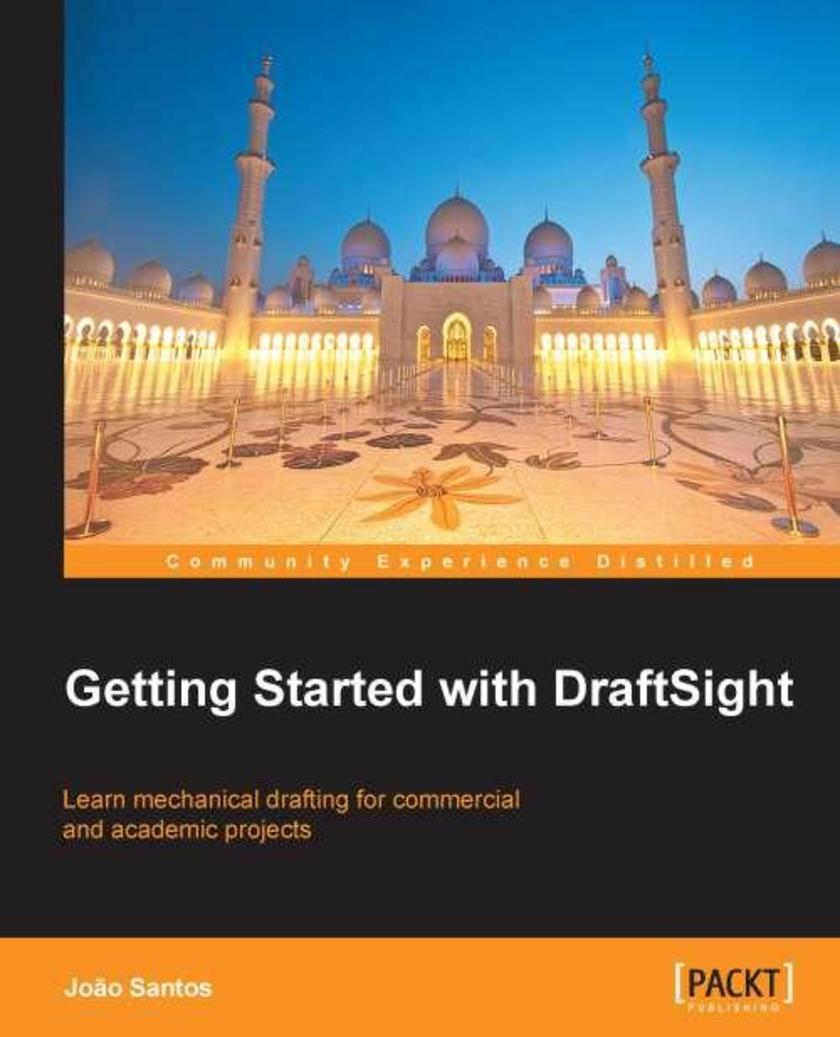
Getting Started with DraftSight
¥59.94
Packed with illustrations and step-by-step guidelines, this book will serve as a guide for DraftSight and get you up and running with it!Getting Started withDraftSightis for anyyone who wants to create accurate 2D drawings in the DWG file format. It is also a great resource for architectural, engineering, or design professionals and students. The reader needs to have basic knowledge of CAD.
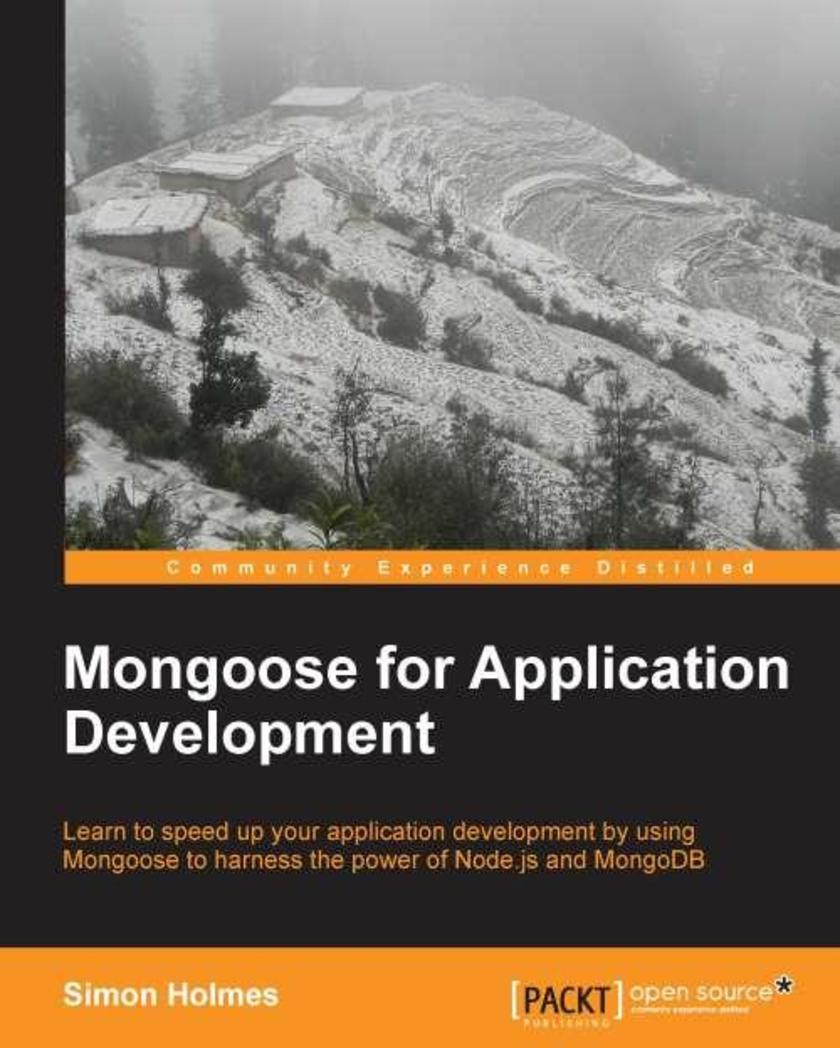
Mongoose for Application Development
¥71.93
This book is a mini tutorial full of code examples and strategies to give you plenty of options when building your own applications with MongoDB.This book is ideal for people who want to develop applications on the Node.js stack quickly and efficiently. Prior knowledge of the stack is not essential as the book briefly covers the installation of the core components and builds all aspects of the example application. The focus of the book is on what Mongoose adds to you applications, so experienced Node.js developers will also benefit.

Instant Audio Processing with Web Audio
¥41.41
Filled with practical, step-by-step instructions and clear explanations for the most important and useful tasks. A concise, recipe-based approach to use Web Audio’s automation functionality to produce interesting audio effects such as audio stitching and ducking.This book is designed for developers with some HTML and JavaScript programming experience who are seeking to learn about Web Audio. Experience with AJAX and web server installation/configuration is a plus but is not a necessity in order to follow the content of the book.
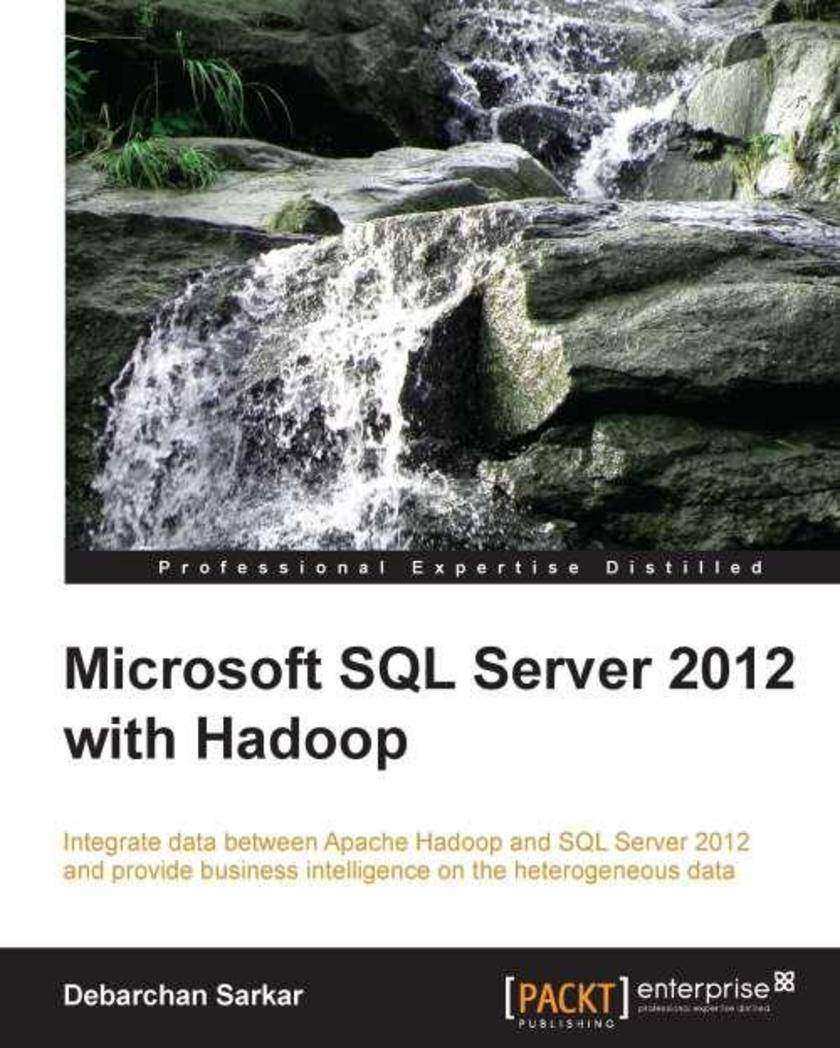
Microsoft SQL Server 2012 with Hadoop
¥71.93
This book will be a step-by-step tutorial, which practically teaches working with big data on SQL Server through sample examples in increasing complexity.Microsoft SQL Server 2012 with Hadoop is specifically targeted at readers who want to cross-pollinate their Hadoop skills with SQL Server 2012 business intelligence and data analytics. A basic understanding of traditional RDBMS technologies and query processing techniques is essential.

WordPress Mobile Web Development
¥90.46
Beginner's Guide. If you have dabbled in WordPress or been working with it for years, and want to build mobile or responsive themes or sites, this book is for you. Even if you can’t write a line of code, the first few chapters will help you create a simple mobile site. But to get the most from the book, you will need a good understanding of HTML, CSS and WordPress itself. This book is for owners of self-hosted WordPress sites, not sites hosted at wordpress.com.
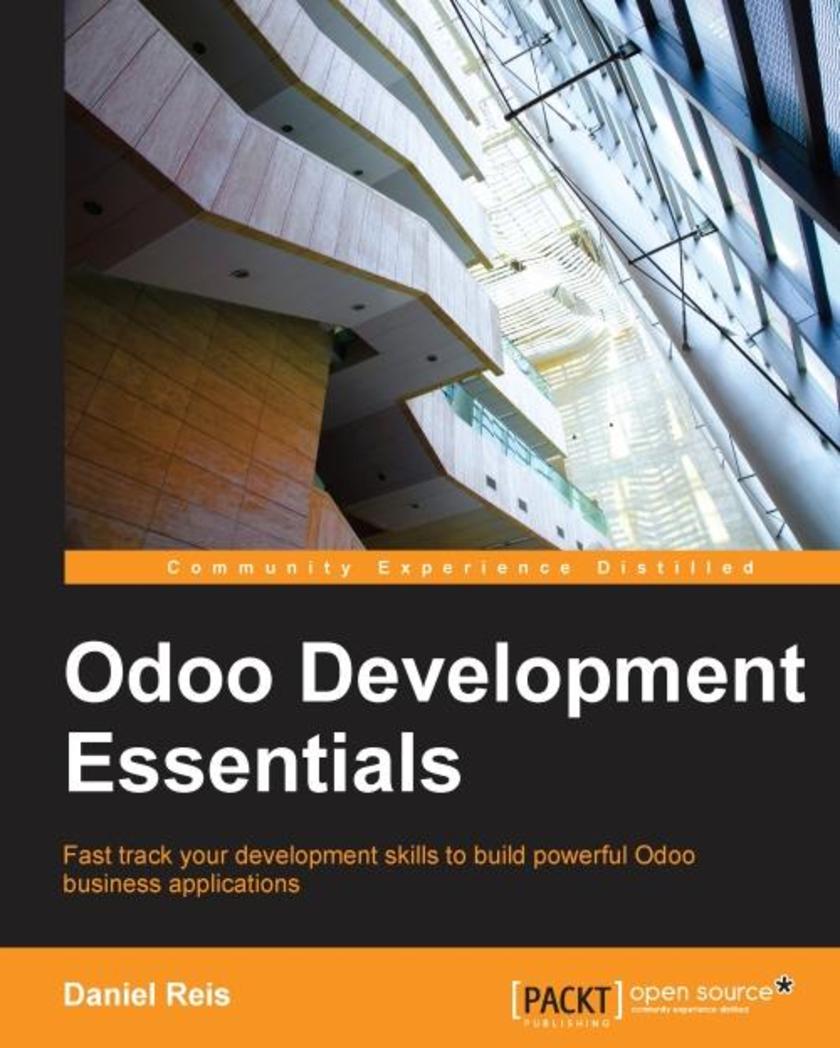
Odoo Development Essentials
¥54.49
This book is intended for developers who need to quickly become productive with Odoo. You are expected to have experience developing business applications, as well as an understanding of MVC application design and knowledge of the Python programming language.
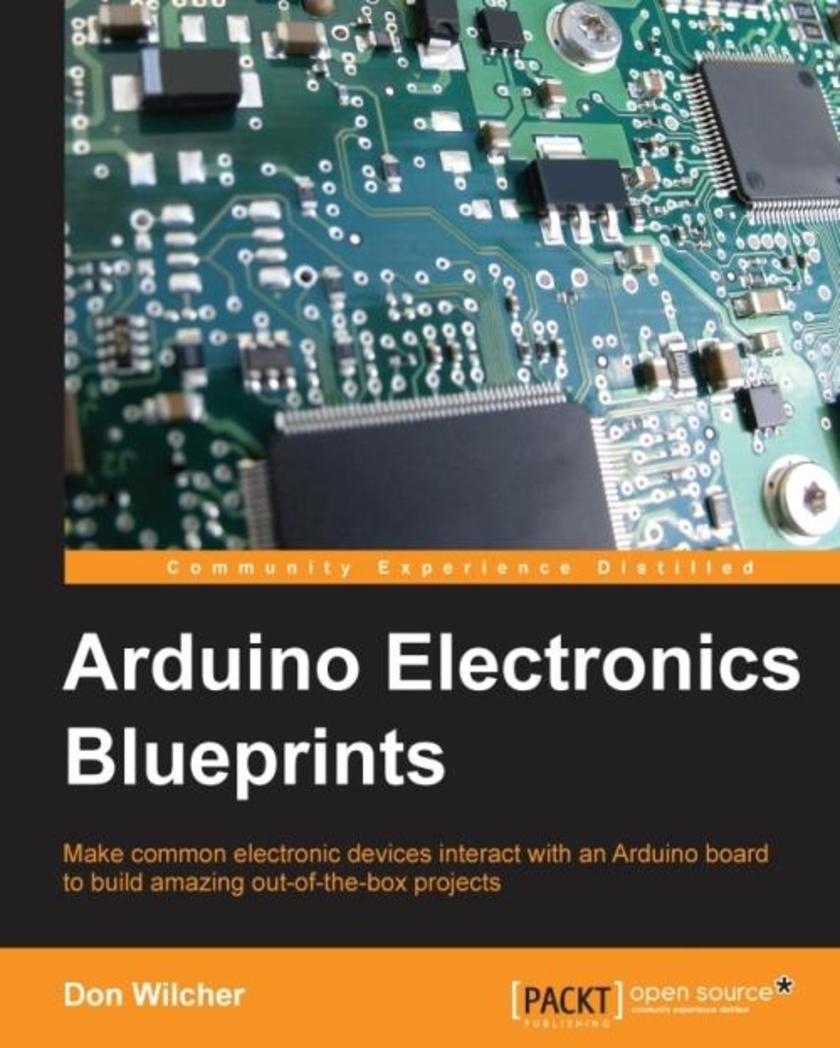
Arduino Electronics Blueprints
¥80.65
This book is intended for those who want to learn about electronics and coding by building amazing devices and gadgets with Arduino. If you are an experienced developer who understands the basics of electronics, then you can quickly learn how to build smart devices using Arduino. The only experience needed is a desire to learn about electronics, circuit breadboarding, and coding.
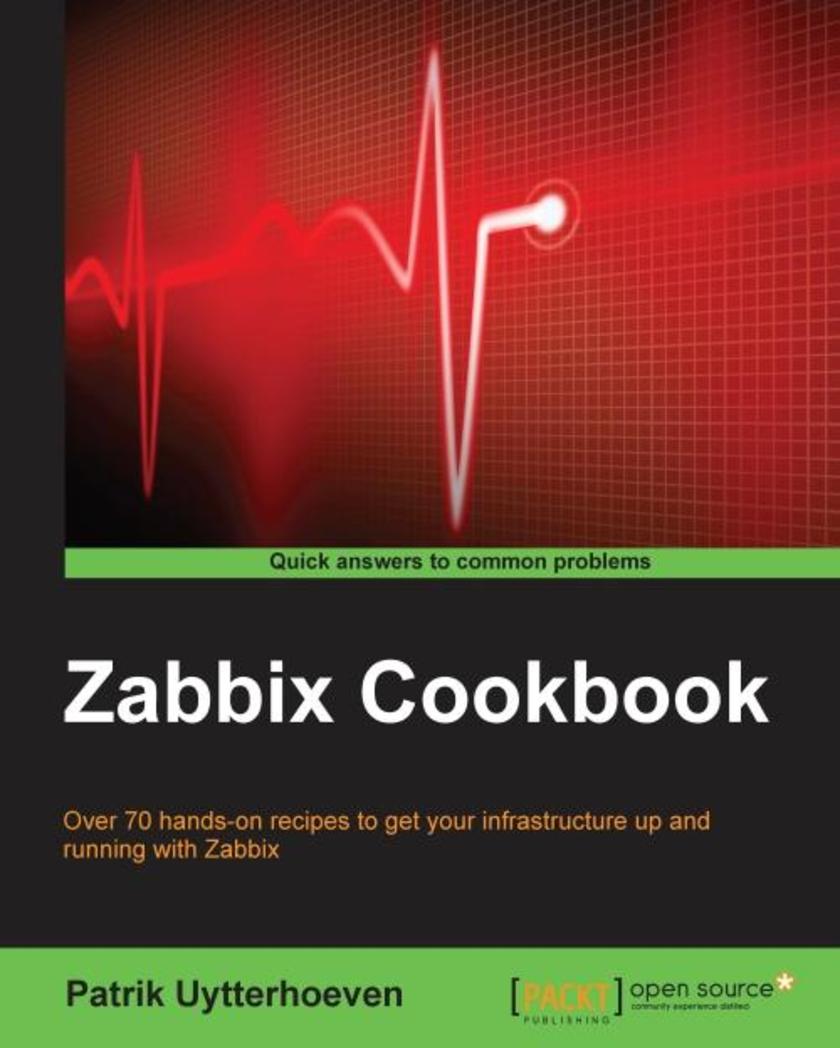
Zabbix Cookbook
¥80.65
If you have some experience with Zabbix and wish to take your infrastructure to the next level, then this book is for you. Before you start with Zabbix, or monitoring in general, it is best to have some basic Linux knowledge and a good understanding of snmp, virtualization, and *ing.
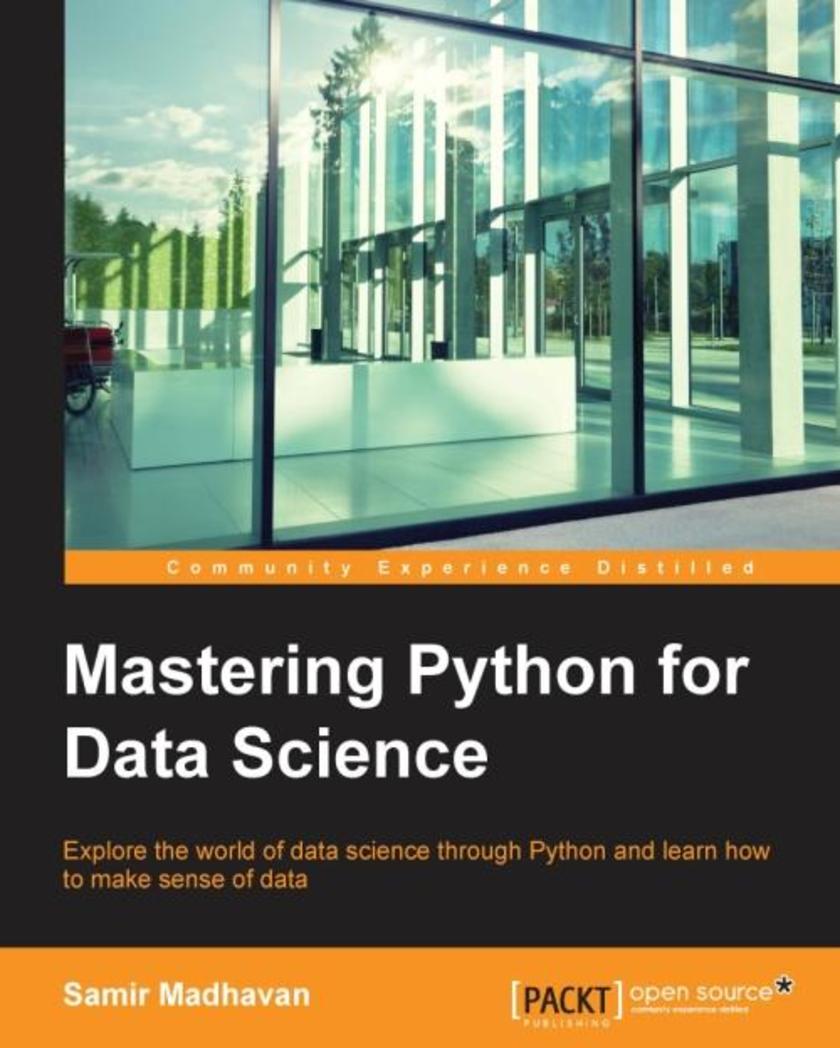
Mastering Python for Data Science
¥99.18
If you are a Python developer who wants to master the world of data science, then this book is for you. Some knowledge of data science is assumed.
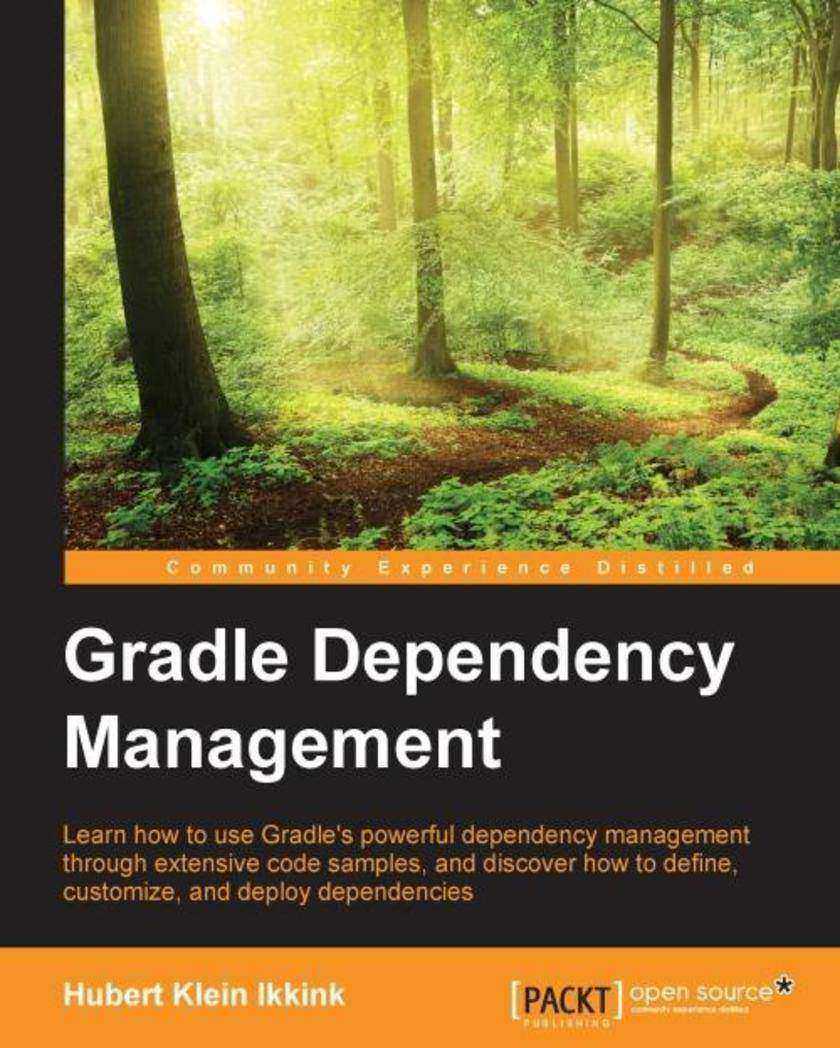
Gradle Dependency Management
¥54.49
If you work on Java projects, use Gradle as a build automation tool, and you use dependencies in your project, this is the book for you. Additionally, if you want to deploy your project artifacts as dependencies for other developers using Gradle, you've found the right book.

Troubleshooting Puppet
¥63.21
If you are a beginner to intermediate Puppet engineer looking for guidance to help fix problems with your Puppet deployments, this book is for you.




 购物车
购物车 个人中心
个人中心



